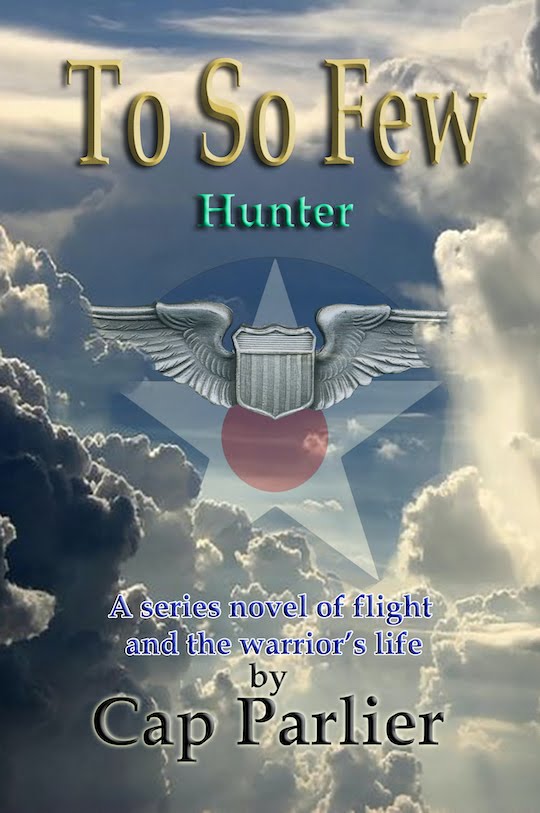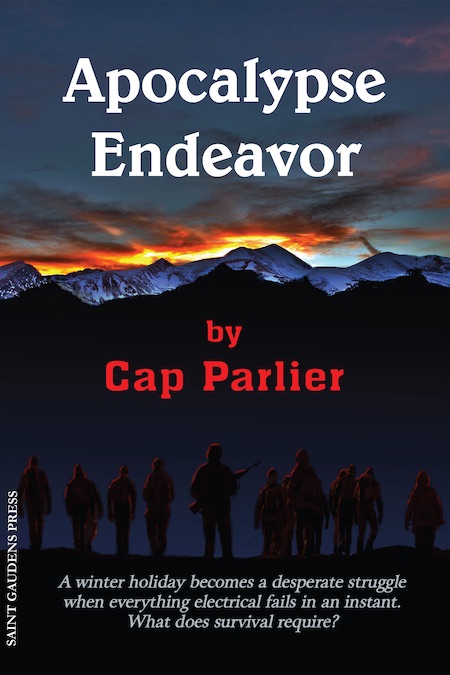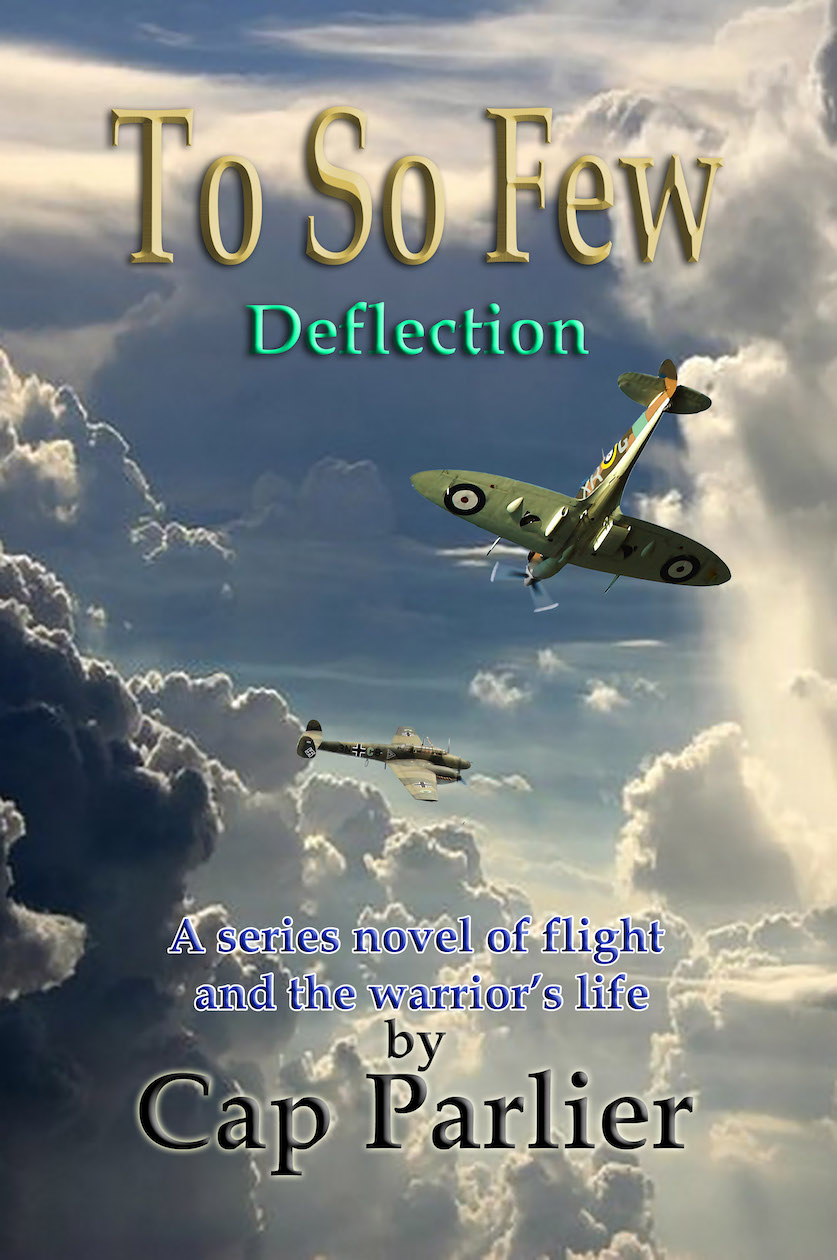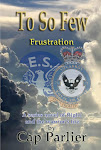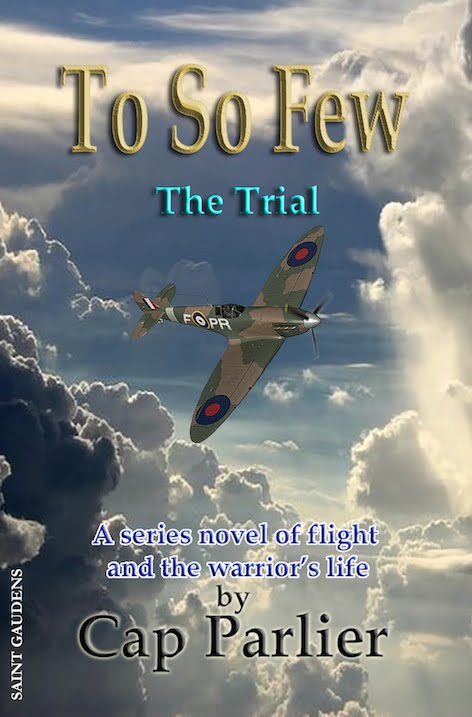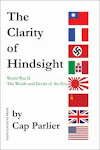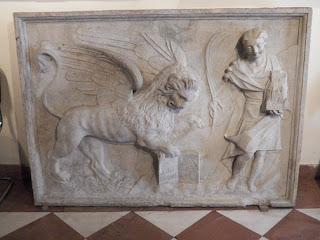Update from the
Heartland
No.804
22.5.17 – 28.5.17
Blog version: http://heartlandupdate.blogspot.com/
To
all,
Lest
we ever forget . . . please remember all those immortal souls who gave their
last full measure in the defense of freedom, as we celebrate Memorial Day. God bless them all.
Oh
my, I leave for a couple of weeks and the world turns to . . . well, I think
everyone can complete the sentence.
I spent way too much time on the travelogue [803A/D] and I am struggling to catch up. I will not attempt to recover the news events of the first
half of May, and I am way behind on this week. So, we shall see how far this one gets before publication
time.
A solo terrorist suicide bomber struck circa 22:30 BST,
Monday, 22.May.2017, after an Ariana Grande concert at Manchester Arena in
Manchester, England. The explosion
killed 22 innocent, mostly young people including children plus the suicide
bomber and injured 116 others, some with life-threatening injuries. ISIL has claimed responsibility. The British security services quickly
identified and publicly disclosed the bomber was involved in a terrorist
network. Her Majesty’s Government (HMG)
raised the threat level to critical, indicating they suspected other attacks
were imminent. They moved quickly
to arrest individuals associated with the bomber or the network – 14 so far
with more expected. Unfortunately,
someone in the U.S. Government with access to such information prematurely and
without the consent of HMG publicly disclosed the name of the bomber, calling
into question the security of sensitive information shared between governments. Regrettably, this is not a new
phenomenon; Prime Minister Winston Churchill and HMG of the day were seriously
concerned about the notorious inability of the United States Government to
protect highly sensitive information.
The classified information security controversy aside, our hearts and prayers
go out to the families and friends of those who were injured and lost their
lives in the incident. May God
rest their immortal souls.
President
Trump suffered yet another defeat as the Fourth U.S. Circuit Court of Appeals
in Richmond refused to reinstate his executive order on immigration and travel
ban. The Judiciary continues to
cite Trump’s inflammatory campaign rhetoric as the statement of his
intentions. The administration has
yet to indicate their intention to follow-through with an appeal to the Supreme
Court. He has found no support
within the Judiciary, and I suspect he will not find a sympathetic Supreme
Court, either.
Unknown
gunmen opened fire with automatic weapons on a bus carrying Coptic Christians
to a monastery in southern Egypt, killing at least 20 people, in the latest
attack on the minority Christian community in Egypt. The bus was headed to a monastery in the city of Minya, some
190 miles south of the capital Cairo. There have been no claims of responsibility, as yet. This attack follows suicide bombings at
two Coptic churches on Palm Sunday in which at least 45 worshipers were
killed. This appears to be
religious intolerance within Egypt, but this could easily be defined as another
terrorist attack of concern to all of us.
A friend and frequent contributor to this humble forum offered the following missive regarding events this week.
“Thank you for your thoughtful words. The nation still reels at the horror of it all.
“We have armed police and soldiers on our streets – completely unheard of in the U/K. We suffer as you, the French, the Dutch, Belgium people and yesterday Coptic Egyptians. When will these misguided young people see the horror of what they are dispensing? Is creating revulsion part of human nature that most of us have overcome. Certainly human history is utterly littered with the most appalling crimes against fellow mankind. What is the answer? How can we eradicate this urge to kill from humanity? Questions, questions Cap. Is there an answer, or are we, mankind, destined to eventually destroy all we have, including our blue planet. Does anyone know the answers to these questions?”
To which, I replied:
This too shall pass. We will never forget.
A friend and frequent contributor to this humble forum offered the following missive regarding events this week.
“Thank you for your thoughtful words. The nation still reels at the horror of it all.
“We have armed police and soldiers on our streets – completely unheard of in the U/K. We suffer as you, the French, the Dutch, Belgium people and yesterday Coptic Egyptians. When will these misguided young people see the horror of what they are dispensing? Is creating revulsion part of human nature that most of us have overcome. Certainly human history is utterly littered with the most appalling crimes against fellow mankind. What is the answer? How can we eradicate this urge to kill from humanity? Questions, questions Cap. Is there an answer, or are we, mankind, destined to eventually destroy all we have, including our blue planet. Does anyone know the answers to these questions?”
To which, I replied:
This too shall pass. We will never forget.
“When
will these misguided young people see the horror of what they are dispensing?” Short answer: When the bad guys realize
they cannot win and their supply of sacrificial fodder is drying up. We always knew or should have known
this was going to be a very long war.
“Is
creating revulsion part of human nature that most of us have overcome?” Short answer: yes; I’m afraid it is an
element of human nature that socialization and civilization has enabled the
vast majority of mankind to overcome.
Unfortunately, there are bad men who have refused to learn, either by
choice or happenstance.
“Certainly
human history is utterly littered with the most appalling crimes against fellow
mankind.” Regrettably,
history is replete with such examples: the Inquisition, the Salem witch trials,
Hitler’s Aryan genocide, ad infinitum ad
nauseum.
“What
is the answer?” Short
answer: faith in freedom, persistence of purpose, and perseverance in our
defense.
“How
can we eradicate this urge to kill from humanity?” See answer above. Civilization has overcome the majority
of those urges. The prime examples
must be modern Germany and Japan.
Bad elements within their societies of the day committed unspeakable
crimes against humanity, but they are far better countries today for that
trauma.
“Is
there an answer, or are we, mankind, destined to eventually destroy all we have
including our blue planet?”
There are always answers.
We shall ultimately prevail over the bad elements among us. That is part of our heritage, our
history. This too shall pass.
“Does
anyone know the answers to these questions?” The answers are within us. We must hold on to our faith that good shall always overcome
evil with persistence and perseverance.
In
the realm of ridiculous legislative initiatives, it would be difficult to find
a more ludicrous bill than Texas House bill 4260. The bill was filed and introduced on 10.March.2017, by Texas
State Representative Jessica Christina Farrar of Houston. The title of the bill as introduced is:
An Act relating to the regulation
of men’s health and safety; creating a civil penalty for unregulated
masturbatory emissions; short title: Man’s Right to Know Act. The bill has been referred to the State
Affairs Committee with no further action, as yet. The text of the bill includes §173.009 that requires a
digital rectal exam and rectal MRI prior to prescribing “Viagra,” and §173.010
that imposes a US$100 civil fine for each and all ejaculatory “emissions
outside of a woman’s vagina, or created outside of a health or medical facility”
and “will be considered an act against an unborn child, and failing to preserve
the sanctity of life.”
To
be frank, I am conflicted beyond my opening objection. The Press is reporting that
Representative Farrar’s initiative was intend to satirize Texas legislative
efforts to regulate the bodily functions and private medical procedures related
to a woman’s reproductive system.
I do not and cannot support either. The bill is just as ridiculous as the myriad woman’s
reproductive rights legislation.
They are all invasions of a citizen’s fundamental right to privacy. I understand Representative Farrar’s
frustration with the ridiculousness of her colleagues’ actions regarding a
woman’s reproductive rights, but this is not acceptable for a host of
reasons. Even worse, I imagine
there are more than a few of her colleagues who will actually support Texas House
bill 4260 since they undoubtedly believe masturbatory emissions are a sin
against God. Every citizen is
entitled to her / his beliefs and choices in life; no one has any right to
intrude upon any citizens fundamental right to privacy. Masturbation is a private activity; it
is NOT an issue for the public domain.
I
hope this bill never makes it out of committee, and equally, I hope the Texas
legislature will stop, cease and desist from their penchant to intrude into a
woman’s biological functions and the medical procedures associated with those
biological functions.
I want to give President Trump credit for pressing Allies to
assume greater responsibility for their defense and fulfilling their
contributions to NATO. I have long
objected to the assumption that the United States and specifically the
taxpayers of the United States are the world’s benefactor since the days of the
Marshall Plan [1947 & sub.].
The public statements regarding peace between the Israelis and
Palestinians are positive, and the belligerents appear to be responding. If his initiatives achieve results, he
should and will receive praise and support from me.
Unfortunately,
it was his public conduct during his first overseas trip as president that
induces my revulsion and must draw my condemnation. From his pushing the Montenegrin Prime Minister aside since
only he deserved to be in front with chest puffed out to the ridiculous “alpha
male” handshake with the French President, he is establishing himself as our
Ugly-American-in-Chief. If his
conduct with other world leaders is what he means by “American First,” then I
say emphatically, no thank you. I
was literally disgusted watching him and his puffed-up, narcissistic, egocentric
conduct. We do NOT need another
Ugly American, and especially one as the prime representative of the United
States of America.
As
a supplemental, I will strongly urge caution and considerable skepticism
regarding all these “backchannel” overtures between the Trump campaign,
transition and administration. Backchannel
communications, i.e., outside the normal government communications apparatus,
have been common for a long time.
The most famous backchannel communications link was a very personal
conduit between Prime Minister Churchill and President Roosevelt that existed
before the war in Europe began until Roosevelt’s passing. Another quasi-backchannel was the Cold
War Hot Line between the President and Premier of the Soviet Union. The question to us remains, were these
overtures authorized by the President?
Timing is also a key element of these inquiries. If they occurred prior to Trump’s
inauguration and were intended to undermine President Obama and his administration,
then such initiatives would be ethically, morally and legally wrong. We still do not know enough of the
content and timing of those initiatives.
That said, Trump’s public statements during the campaign raise
considerable suspicions; yet, I just urge caution until we know more.
Comments and contributions from Update no.803
& prior:
From Update no.802:
Comment to the Blog:
“I hope ‘everything stays to plan’ during your hiatus.
“That statement from the Chair and Ranking Member of the
House Oversight Committee that they see no evidence that General Flynn complied
with the law is remarkable. I do not remember anything like it.
“Trump freely uses an audacity that few others possess. That
can be an advantage in politics, but it must have substance to support it.
Trump's ‘positions’ rarely deserve even that term, much less serious
consideration. His tax ‘plan’
simply rehashes vague proposals from the long-disproved ‘trickle down’ economic
notion.
“Trump has taken a shot at our best ally and major trading
partner, Canada. Note that we have the longest unguarded border in the world
with Canada. We should; they're a
great nation and neighbor. At
times like this, I wonder if Trump is fully conscious.
“As I write this, Congress has passed a budget resolution to
get us to October 1. No money has yet been designated for the insane wall idea.
“Trump appears completely unaware of international
relations. ‘America First’, were it a real idea, ought to protect the
well-being of the United States. Offending every developed nation will come
back to bite us as surely as mosquitoes in that swamp he said he'd drain.”
. . . to which I responded:
Re:
“everything stays to plan.” Time shall tell the tale. I’ll report on outcome in a couple of weeks.
Re:
“Flynn.” Remarkable indeed. I do not recall anything even close to
comparable.
Re:
“Trump's . . . tax ‘plan’.” If it had been anyone other than Trump,
I would have thought it was a joke . . . or at best, some thoughts about tax
reductions. It certainly is NOT a
plan.
Re:
pissing off our allies. Who knows
what his intentions are? I
certainly can see nothing rational in his actions so far.
Re:
“America First.” Agreed. As I said, his notion of “America
First” is to piss off as many allies as he can and bully everyone else.
This
is going to be a very long four years.
Note: I
received numerous comments to my travelogue [803A/D]. The comments
were personal and not appropriate for this humble forum. I must acknowledge all those who
offered comments and thank everyone for your interest in our travel adventure.
My
very best wishes to all. Take care
of yourselves and each other.
Cheers,
Cap :-)





